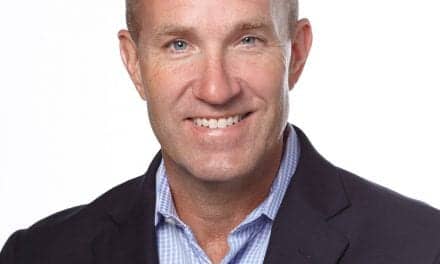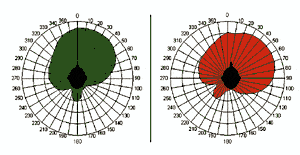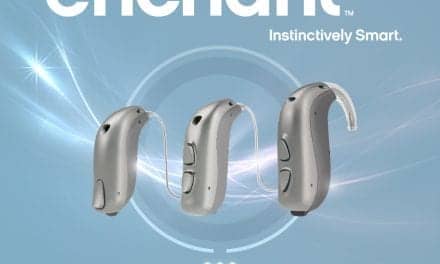By Karl Strom
“…The point is this: back in January of 1952, low-priced instruments were the talk of the industry, and the feeling was high that they were going to drive many companies out of business and revolutionize the hearing aid industry. At that time, in January 1952, many dealers wouldn’t give you a plugged nickel for their chances for that year…
“Although [1952] didn’t stand up to the business some of us had done in the years right after the war, it 
did turn out to be a pretty good year, and many dealers went ahead. Here we are, a little more than a year later, and those companies are still in business. And those dealers who forecasted the storm clouds are still in business. And we have a new type of hearing aid on the market now—the transistor aid. Rather than lower prices, many have gone up to new high levels.
“But, the ‘worry warts’ are with us again. Today some are worrying about transistor instruments being premature. Some are worrying about the possibility of declining battery sales. Some are worrying about pricing again. No doubt all of these worries have some basis in soundness, but today—like a year ago—they don’t mean the end of the world. We flatly state that these worries are unfounded…
“These changes are signs of the fast-moving, stimulating business we are in. By its very nature—public service—it will always have eminent problems. But it will also always have rewards both in material gains and in the personal satisfaction that comes to those who meet the challenges.”
—Bob Edgell, editor, April 1952 Hearing Dealer, p 5
….40 Years Ago to April 1973
In the April 1973 edition of Hearing Dealer, Knowles Electronics Manager of Development Engineering Elmer V. Carlson published an article “A Subminiature Condenser Microphone” about the use of electret technology, while Tibbetts Industries Head of Electrical Engineering Allison Whitney published an article “The Diabow Microphone,” a discussion of the construction and operating principle of the solid-state microphone. In the same issue, Jim Curran and William Ely of Dahlberg Electronics wrote on the subject of compression hearing aids and the basic underlying concepts of compression. Bob Edgel—who had served as HD’s editor and publisher from September 1951 to September 1961 and by this time had become president of Harcourt Brace Jovanovich publications, which owned HD—wrote a lengthy article on OtoCongress 1973 that emphatically shows he never lost his love for this industry.





